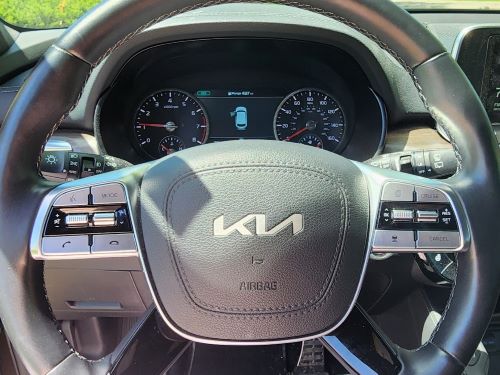Winter driving is tough enough without losing the safety features you’ve come to count on. Snow, salt, slush, and road grime can interfere with cameras and radar, and that means features like lane keeping, automatic emergency braking, and blind spot monitoring may shut off when you need them most. These systems depend on clean lenses, accurate calibration, and warm electronics to work correctly.

Start with a simple cleaning routine.
Most ADAS problems in winter start with a dirty sensor. Salt and slush can block front cameras and radar units in minutes. A quick wipe with a clean microfiber cloth can restore a surprising amount of function. For radar units behind a bumper cover, warm water helps remove packed snow. Avoid scraping these surfaces since scratches can distort the signal.
Give the sensors time to warm up.
Just like engines and batteries, sensors operate best once they reach a stable temperature. Cold soaked cameras can fog up behind the windshield. Radar units behind plastic panels may need a few minutes of driving to clear ice buildup. If lane keeping or AEB stays offline for the first few minutes of a winter trip, this is usually normal. Once visibility and temperature stabilizes, the system usually comes on back up on its own.
After a windshield replacement, get calibration checked.
Any ADAS equipped vehicle that receives a new windshield may need recalibration. Even small changes in camera angle can affect lane detection. If your model requires a specific alignment procedure, skipping it can leave features unreliable until a shop completes a windshield calibration. Many glass shops can handle this, but some vehicles need dealership-level equipment. If lane keeping seems inconsistent after new glass, schedule a check.
Understand the basic types of recalibration.
There are two main methods for doing this. Static calibration uses targets placed around the vehicle in a shop setting. Dynamic calibration happens on the road while the vehicle follows clear lane lines at a steady speed. Some vehicles require both. This is not a DIY job for most people, but knowing the process helps you ask the right questions if you ever experience repeated warnings or poor performance.
Know what the warning lights mean.
Your car will usually alert you when a camera or radar cannot see well. Common warnings include blocked sensor messages, lane keep unavailable alerts, or temporary AEB shutdowns. These do not mean the system is broken. They mean conditions are too poor for accurate detection. If the warning stays on after cleaning and warm-up time, it may be a sign of damaged wiring, misalignment, or the need for recalibration.
ADAS features are powerful tools, but winter weather tends to push them to their limit. A simple cleaning routine, a few minutes of sensor warm up, and awareness after a windshield replacement can keep your systems trustworthy. Understanding warning messages helps you respond quickly and keeps your safety features ready for whatever winter roads throw your way.
Interested in learning more about traffic safety?
Are you looking for defensive driving and traffic school courses? Do you want a discount on your auto insurance? Do you know a teen who’s ready to take an online driver education course?
Safe2Drive is here to help! We offer convenient online courses for drivers of any age! Visit our website today to learn about the online courses we offer in your state.
Winter driving is tough enough without losing the safety features you’ve come to count on. Snow, salt, slush, and road grime can interfere with cameras and radar, and that means features like lane keeping, automatic emergency braking, and blind spot monitoring may shut off when you need them most. These systems depend on clean lenses, accurate calibration, and warm electronics to work correctly.